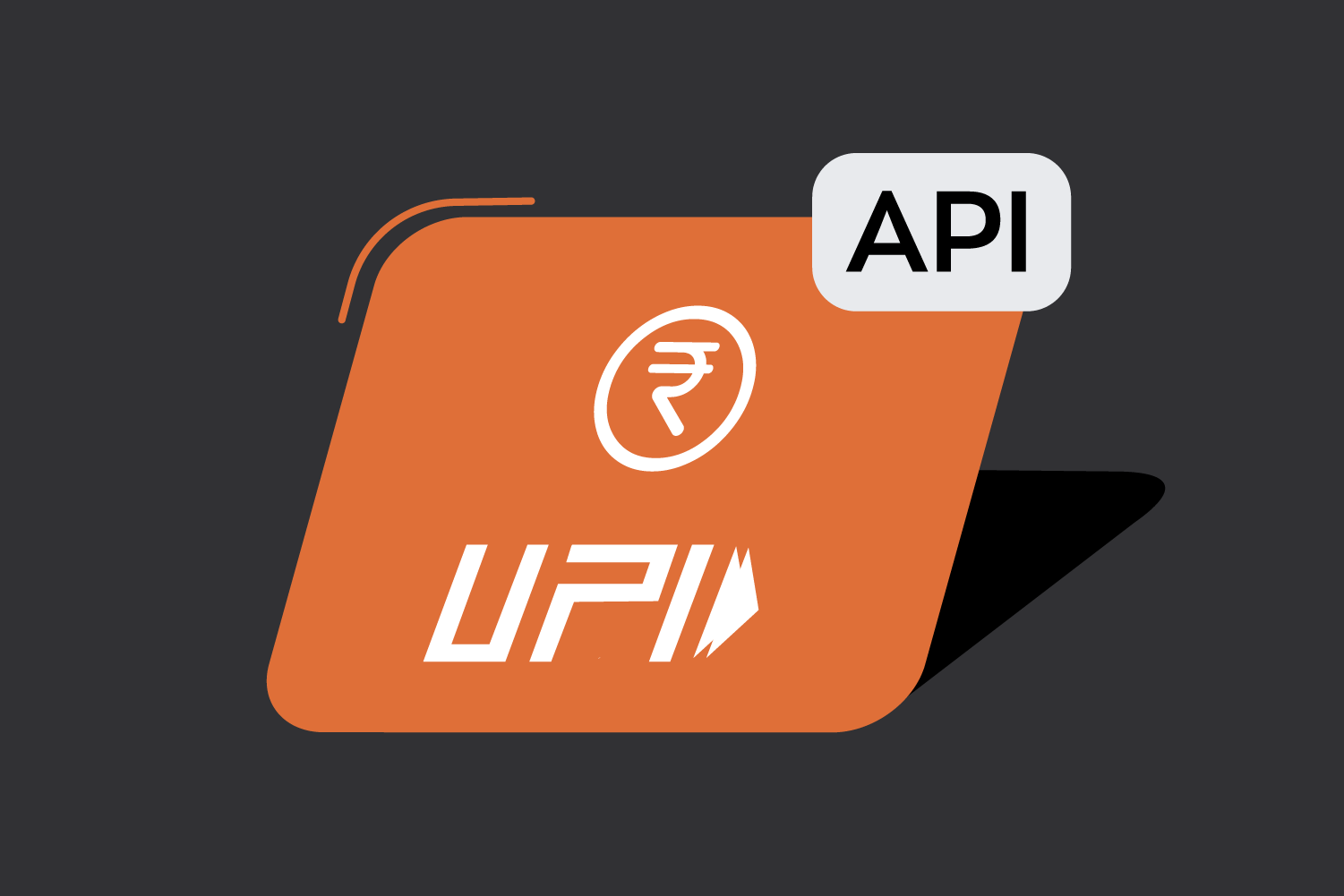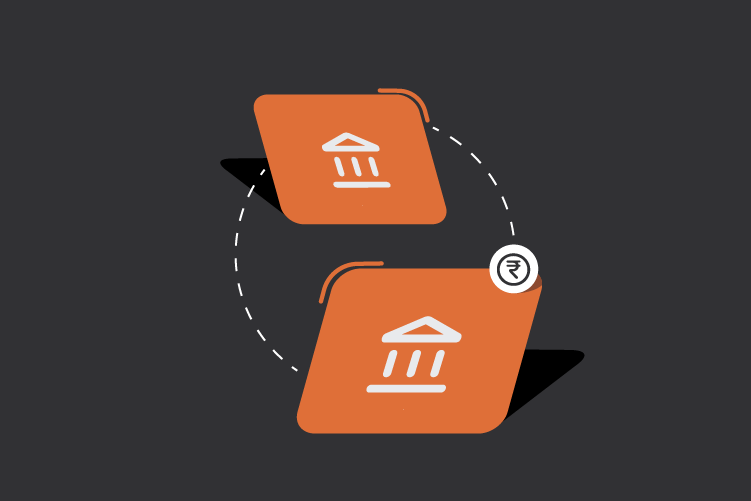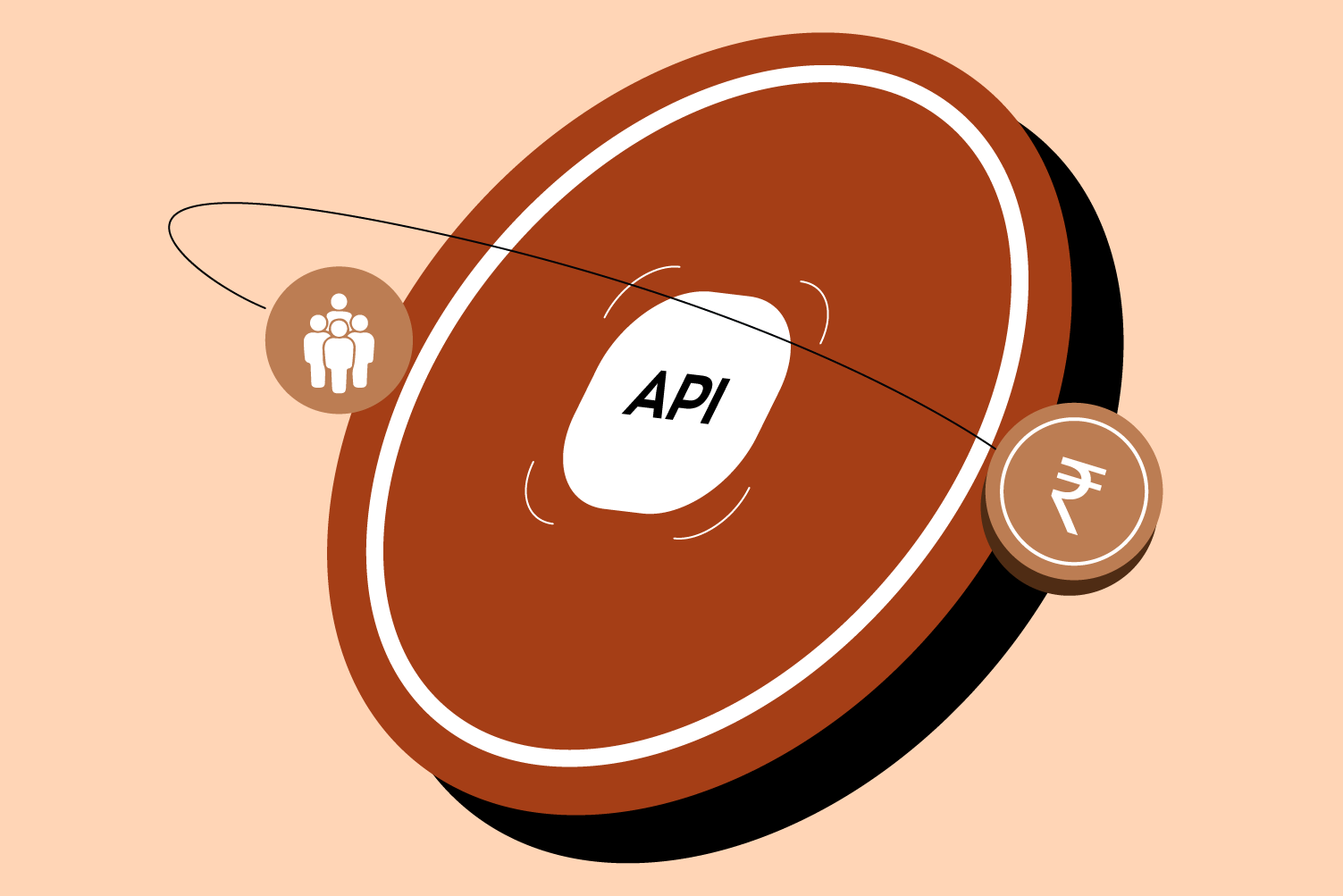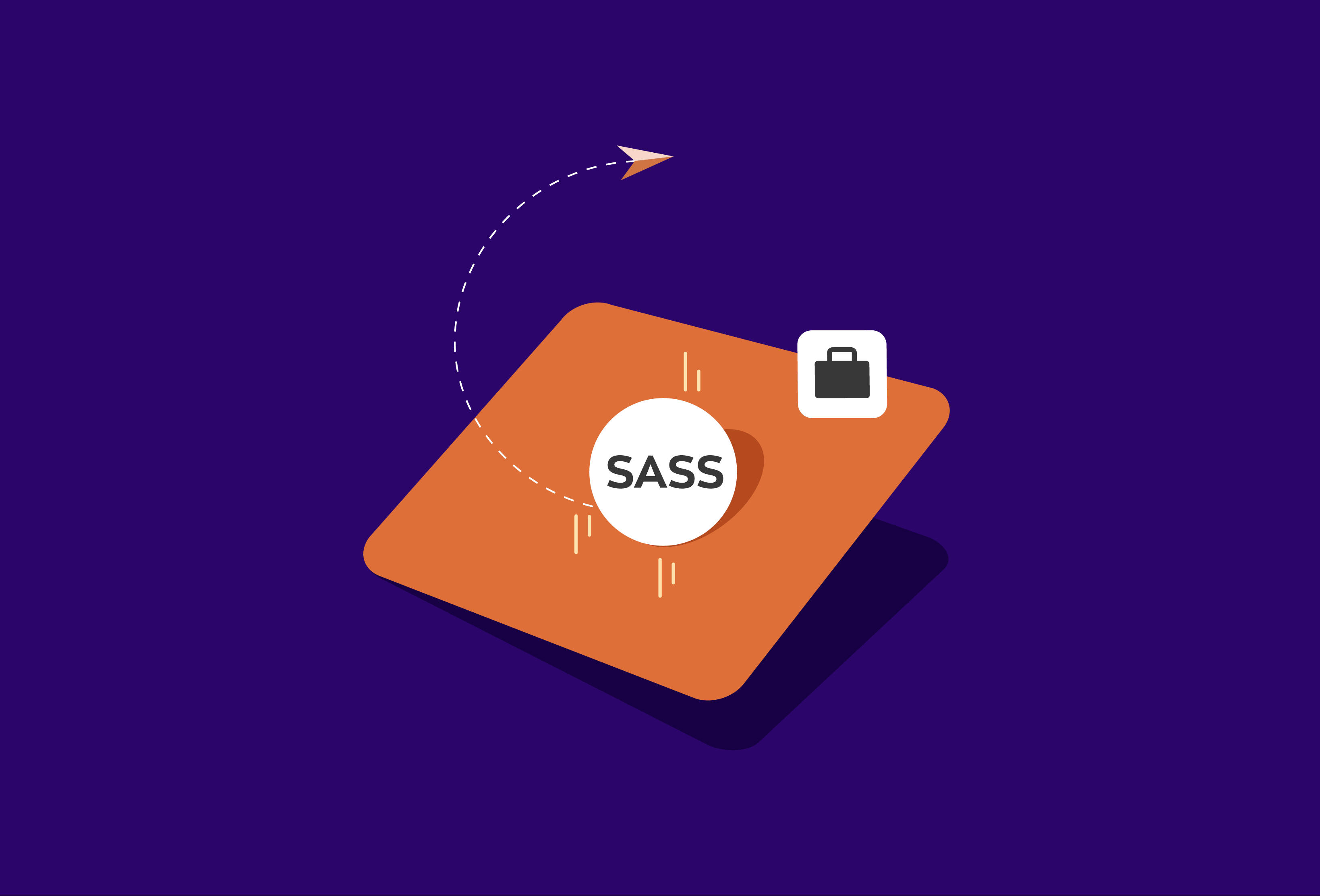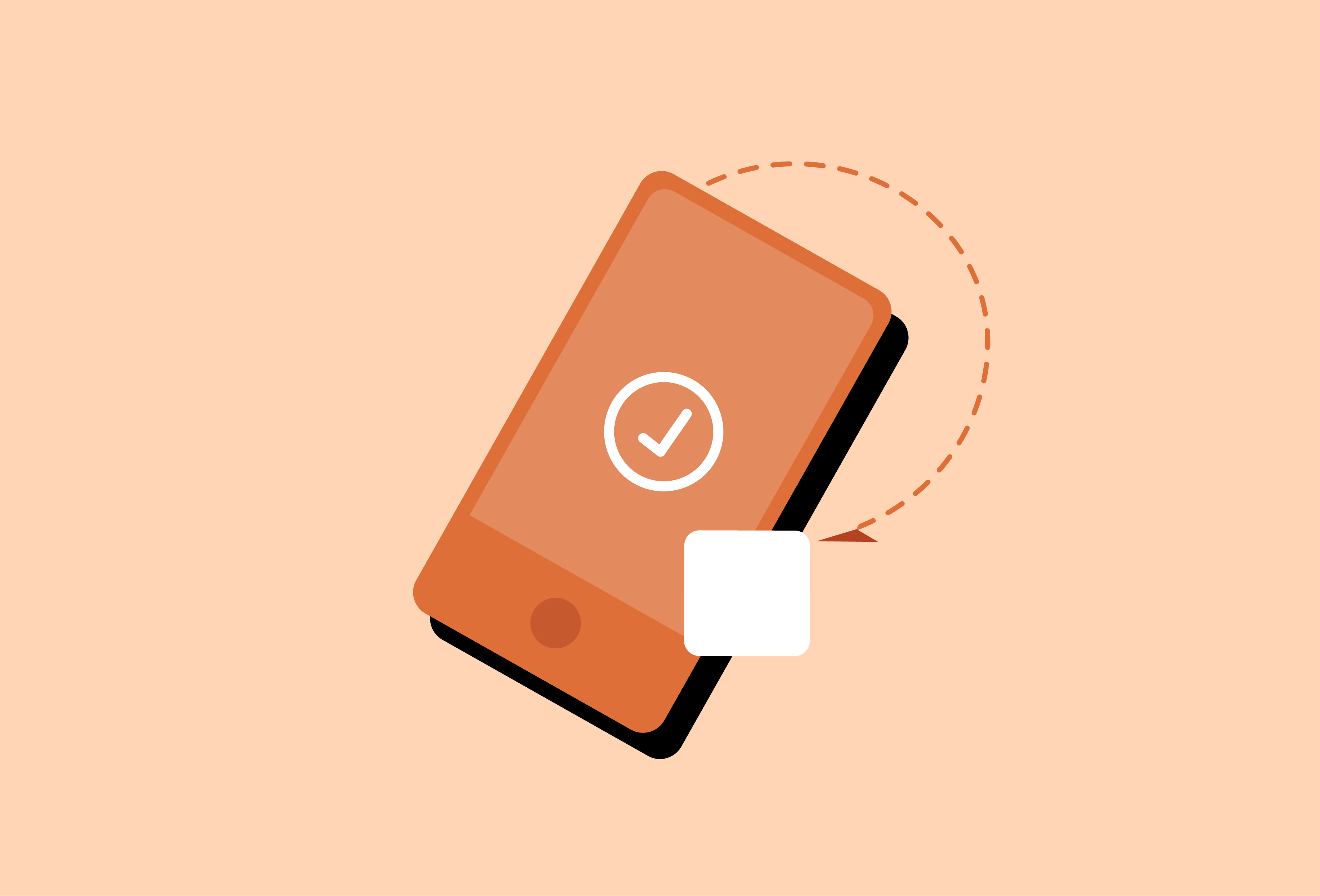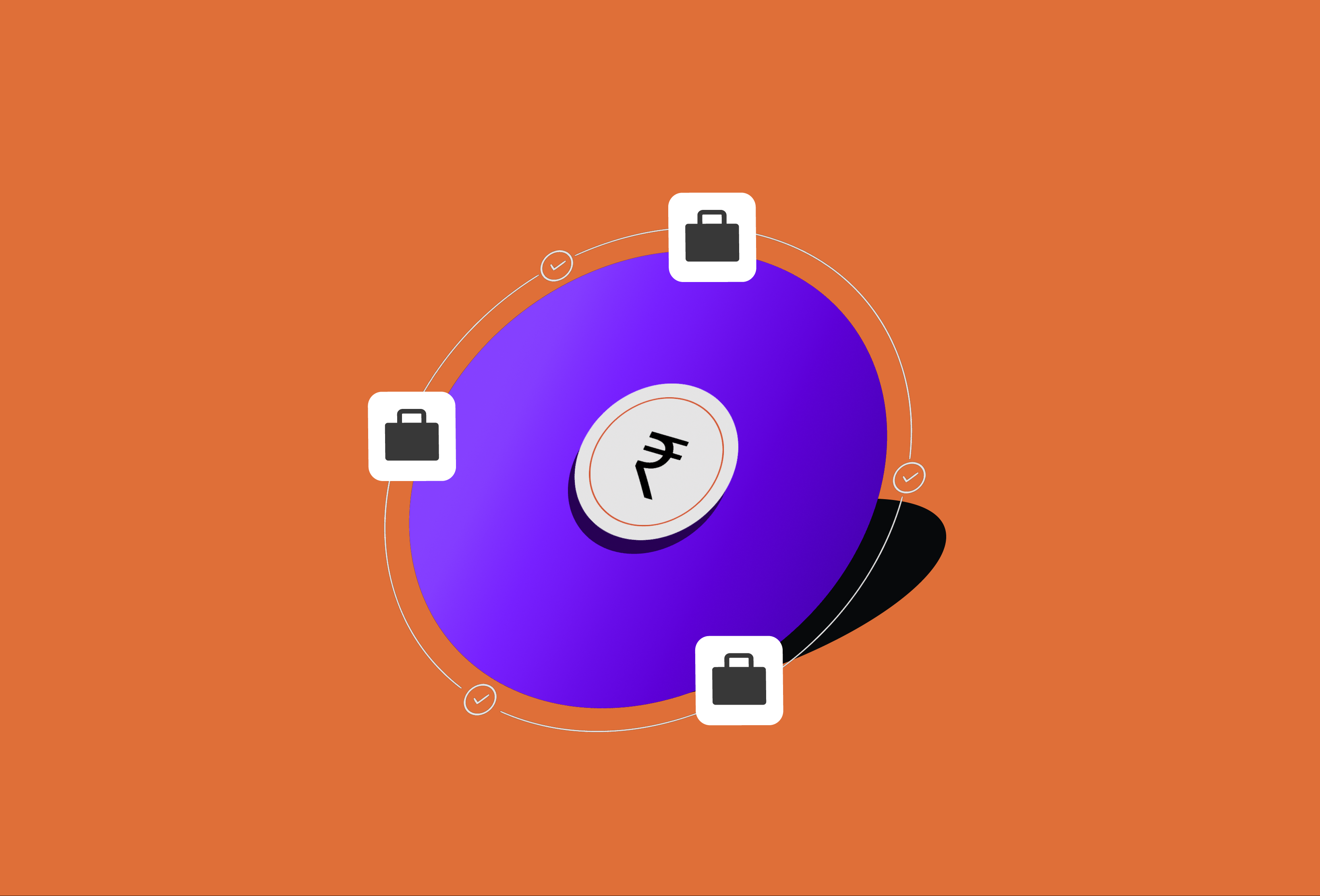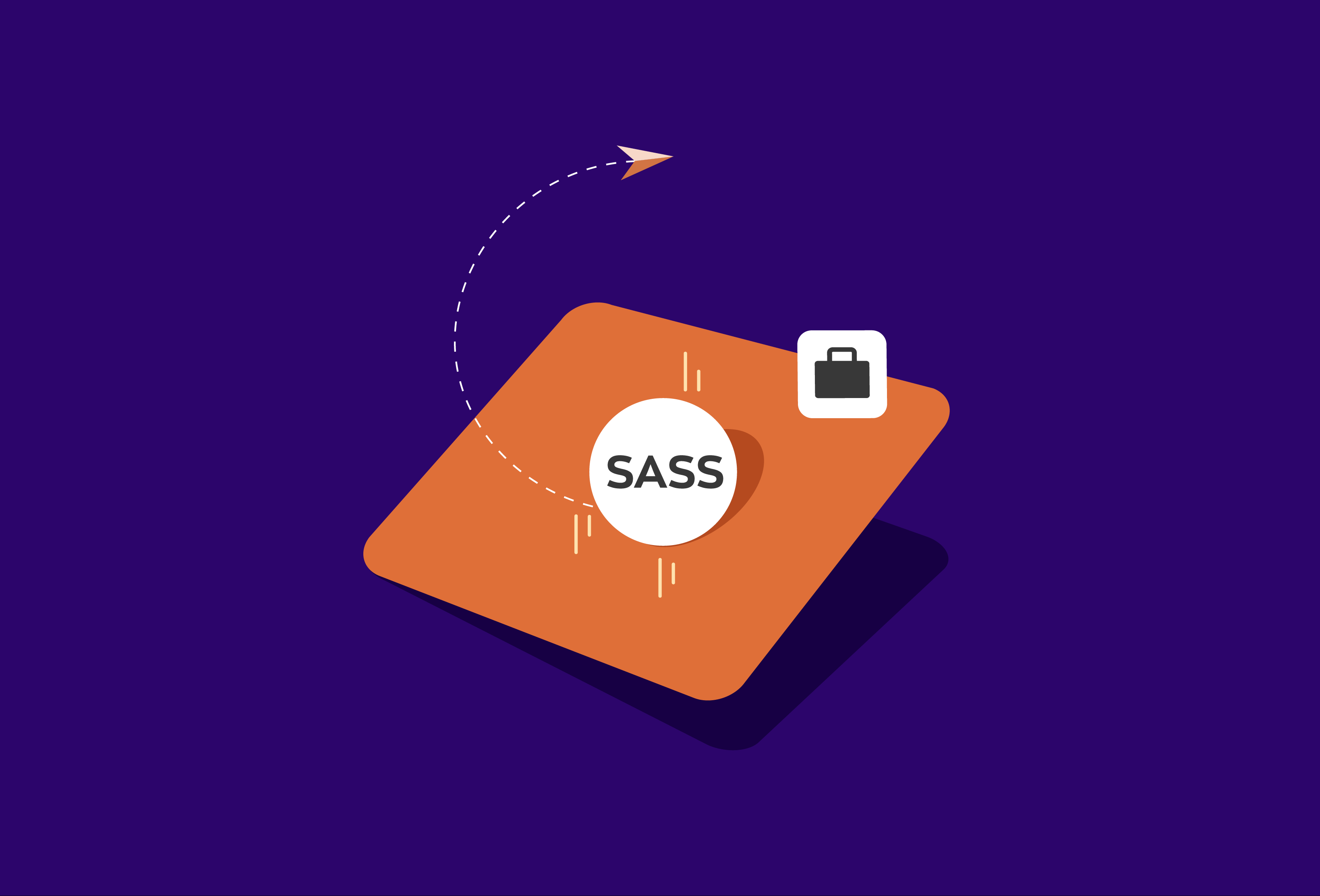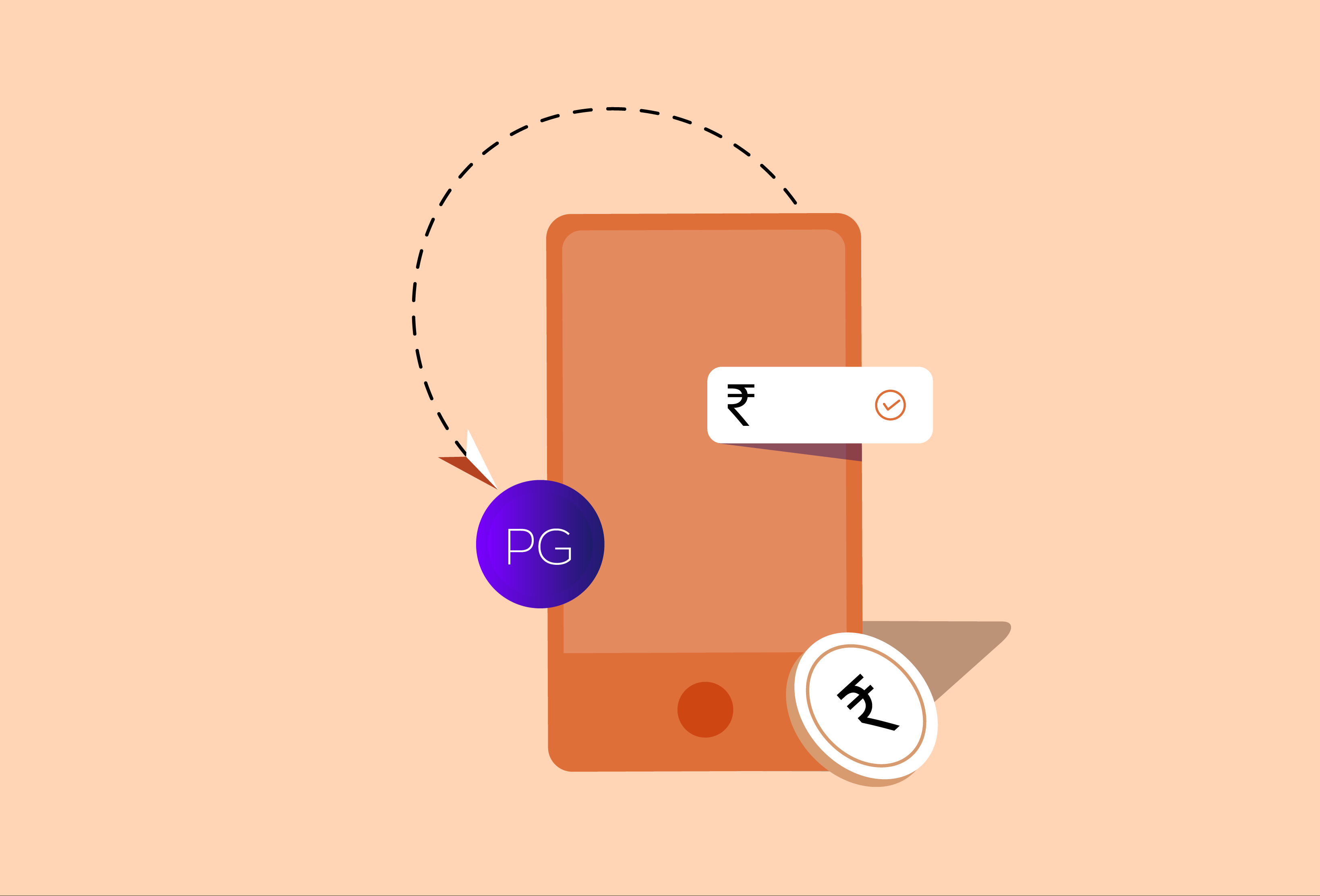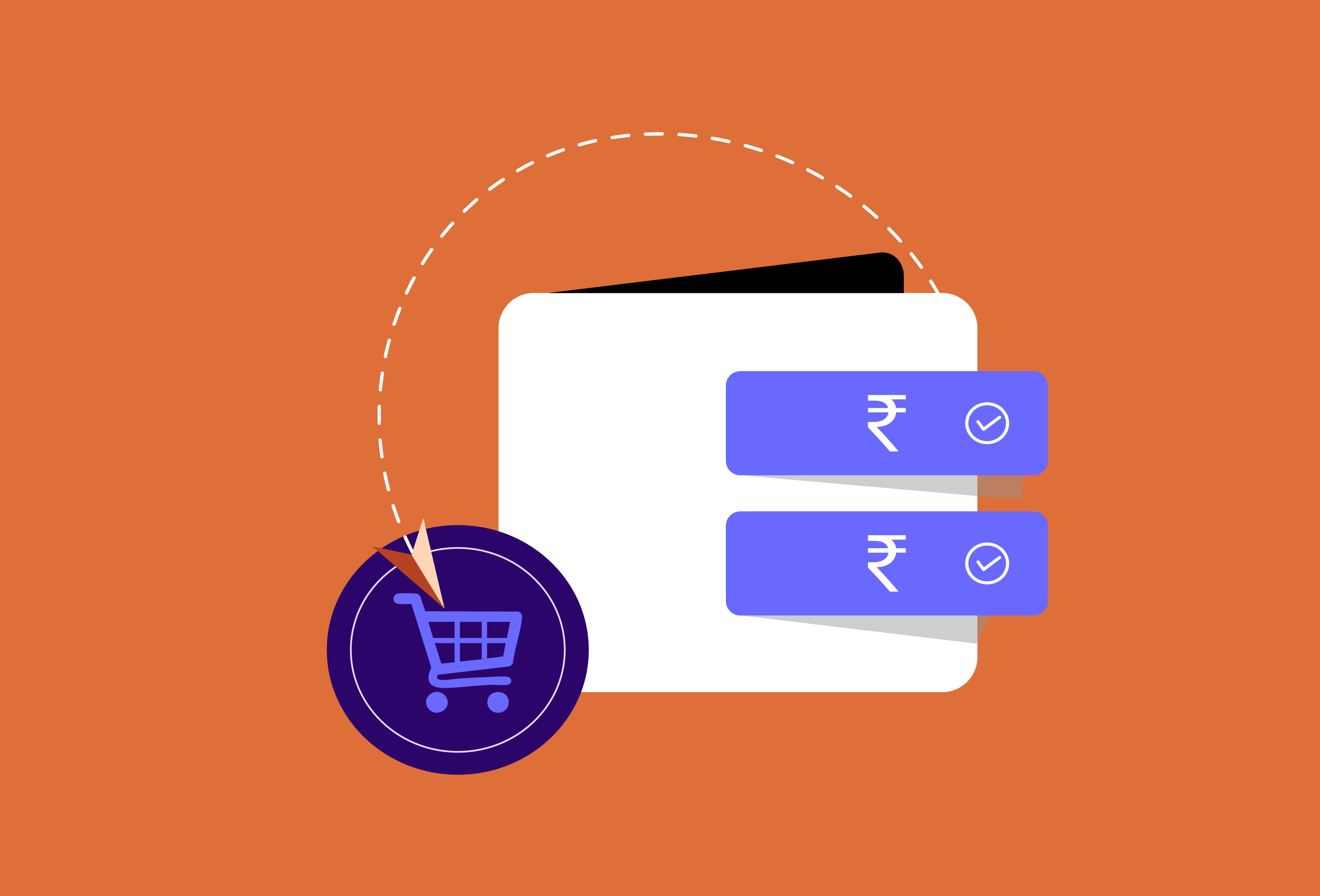Electronic payment systems have transformed the way money moves, making transactions faster, more secure, and more convenient. As digital payments become the norm, businesses and consumers alike must adapt to this shift. The rise of mobile payments, online banking, and contactless transactions is reshaping commerce, reducing reliance on cash, and expanding financial access. This blog explores the types of electronic payment systems and what businesses need for smooth transactions.
UPI (Unified Payments Interface)
UPI has revolutionized India’s payment landscape, becoming the backbone of digital transactions. Developed by the National Payments Corporation of India (NPCI), UPI enables instant bank-to-bank transfers through a simple mobile interface.
The transaction process is straightforward:
- Users link their bank accounts to UPI apps like BHIM or Google Pay.
- Payments are made using virtual payment addresses (VPAs), eliminating the need to share bank details
- Transactions are processed instantly, 24/7, without holidays or waiting periods
UPI continues its exponential growth, with transactions in January 2025 surpassing 16.99 billion, reaching a total value of over ₹23.48 lakh crore—the highest ever recorded in a single month, according to the Finance Ministry. The zero-cost structure for consumers and minimal fees for merchants have cemented UPI as India’s preferred payment method, from small street vendors to large retailers.
Credit Card Networks
Credit card networks—primarily Visa, Mastercard, RuPay, and American Express—form an important part of India’s electronic payment infrastructure. RuPay, India’s domestic card network, has gained significant market share, especially through government initiatives like Jan Dhan accounts.
The transaction process incorporates three primary phases:
1. Authorization: Verifying the cardholder’s identity and available funds
2. Clearing: Exchanging transaction information between financial institutions
3. Settlement: Transferring funds between the issuing and acquiring banks
Although electronic payments seem instant to consumers, the final settlement in the backend usually takes 1-3 working days. Credit card adoption in India continues to grow, though it remains more concentrated in urban areas.
Debit and Prepaid Solutions
Debit cards are widely used in India, with RuPay debit cards issued to millions through the Pradhan Mantri Jan Dhan Yojana, bringing banking services to previously unbanked populations. These transactions follow processing pathways similar to credit cards but draw directly from bank accounts.
Prepaid payment instruments in India include:
- Mobile wallets like Google Pay, MobiKwik, and Amazon Pay
- Meal cards and other corporate benefit solutions like Sodexo
- Gift cards and store-specific payment options
The Reserve Bank of India (RBI) regulates these instruments, classifying them as closed systems (single merchant), semi-closed systems (restricted merchant network), or open systems (widely accepted).
IMPS, NEFT & RTGS
India’s domestic fund transfer systems include:
- IMPS (Immediate payment service): Offers 24/7 instant interbank electronic fund transfers through mobile phones, internet banking, and ATMs. Unlike UPI, IMPS uses account numbers and IFSC codes rather than VPAs.
- NEFT (National Electronic Funds Transfer) and RTGS (Real-Time Gross Settlement): Traditional bank transfer systems are now available 24/7 following RBI’s mandate. RTGS, which operates in real-time, is primarily used for high-value transactions (₹2 lakh and above), while NEFT, which processes transactions in half-hourly batches, handles smaller amounts.
These systems form the foundation of India’s digital payment infrastructure, processing trillions of rupees in transactions daily.
Interested in our APIs? Let’s talk!
Tell us your automation goals, and we’ll set you up with a free, personalized demo from our API expert.
Click HereMobile Wallet Technologies
Mobile wallets in India have grown significantly, with platforms like MobiKwik, and Amazon Pay Wallet transforming the way people transact. As prepaid wallets, these platforms offer users a convenient and efficient way to store funds and make transactions, especially within the e-commerce and digital payment ecosystem.
These wallets initially operated as independent digital payment solutions but later integrated UPI, allowing users to make direct bank transfers. The 2016 demonetization played a significant role in accelerating their adoption, especially in smaller cities and towns, making digital payments a common part of everyday transactions across the country.
QR Code Payment Systems
QR code payments have seen tremendous adoption in India, from small street vendors to large retail chains. BharatQR, a government-backed interoperable QR code standard, has helped standardize these payments.
Two models are common:
1. Merchant-presented codes – Customers scan a static QR displayed by vendors
2. Consumer-presented codes – Merchants scan QR codes shown on customers’ devices
The minimal infrastructure requirements—just a smartphone and a printed QR code—have made this technology accessible to millions of small businesses across India, dramatically reducing the country’s dependency on cash.
Key Advantages of Electronic Payment Systems
1. Financial inclusion – Digital payments have brought banking services to previously unserved populations, especially in rural India, supporting the government’s financial inclusion goals.
2. Reduced cash dependency – Electronic payments reduce the risks and costs associated with handling cash, which is particularly significant in a traditionally cash-heavy economy like India.
3. Transparent transactions– Digital payments create audit trails that support tax compliance and reduce undocumented economic activity.
4. Cost efficiency– For both merchants and consumers, the near-zero cost structure of systems like UPI has dramatically reduced transaction expenses compared to traditional banking.
Key Disadvantages of Electronic Payment Systems
Despite their benefits, electronic payment systems come with significant challenges:
1. Digital divide – Despite rapid growth, digital literacy and smartphone access remain challenges in rural areas and among older populations.
2. Infrastructure reliability – Network connectivity issues and power outages can disrupt electronic payments, particularly in smaller towns and villages.
3. Security concerns – The rapid adoption of digital payments has been accompanied by rising fraud attempts, requiring continuous education on security practices.
4. Merchant adoption barriers – Small businesses may face challenges in adopting multiple payment systems, especially those requiring technical knowledge or setup costs.
Conclusion
India is undergoing a major transformation in digital payments, driven by initiatives like Digital India, fintech innovations, and shifting consumer habits. By combining technology with accessibility, the country has built a system where digital transactions are fast, easy, and widely available. UPI, QR codes, and digital wallets have made cashless payments common, even in small businesses and rural areas.
For businesses, accepting multiple payment methods—especially UPI, QR codes, and cards—is now essential to serve a diverse customer base. As digital payments continue to evolve, companies need strategies that ensure ease of use, affordability, and security. The future of payments in India will see digital transactions becoming even more embedded in everyday commerce, connecting online and offline businesses while expanding financial access.


